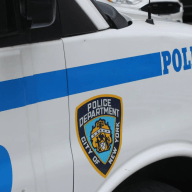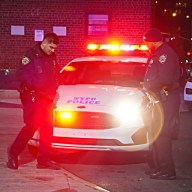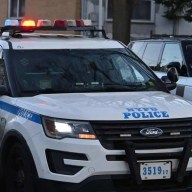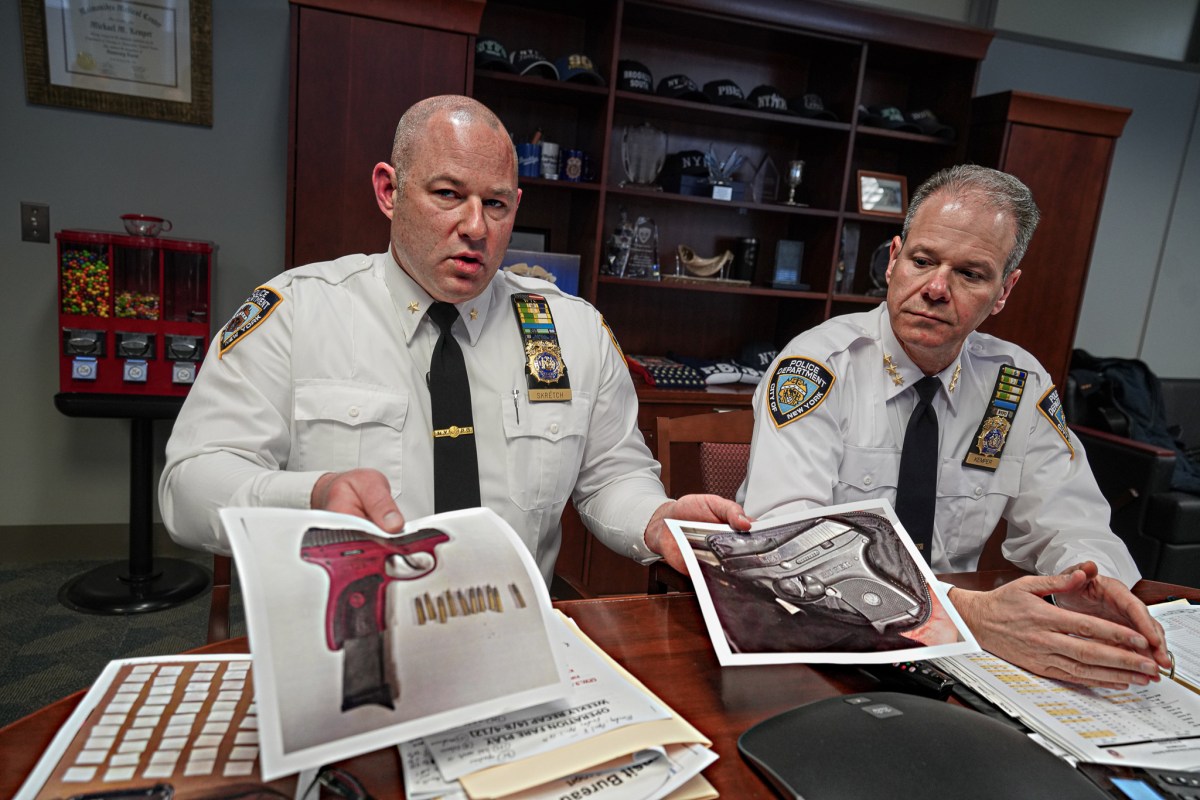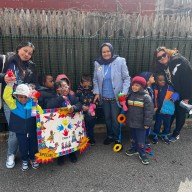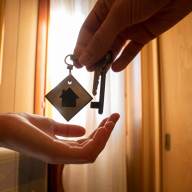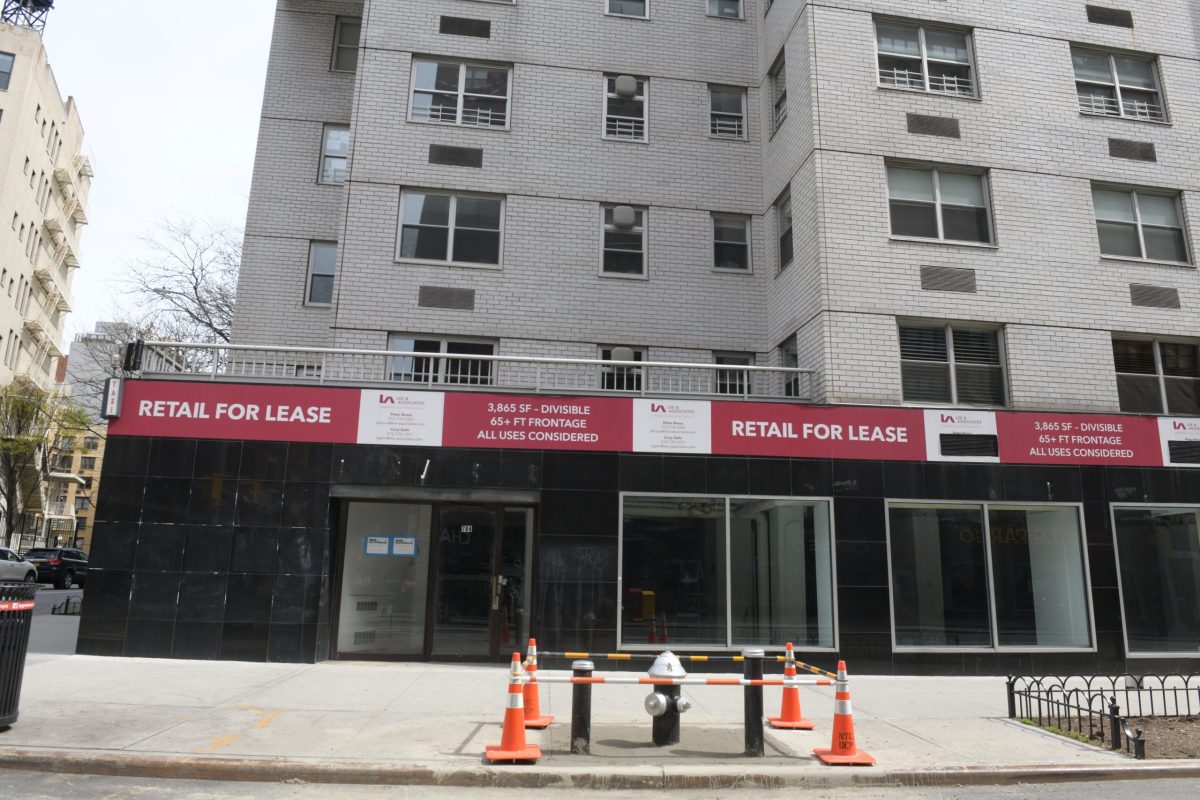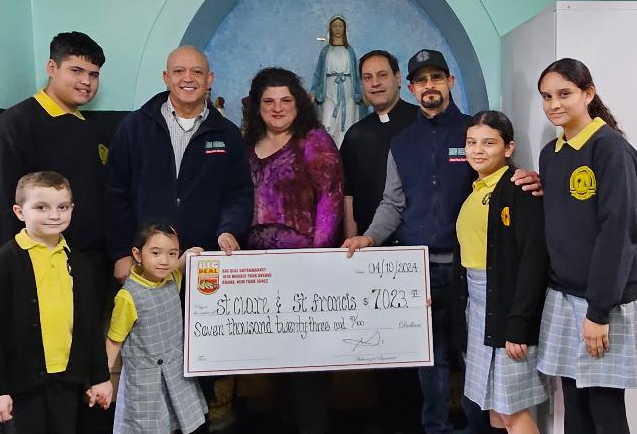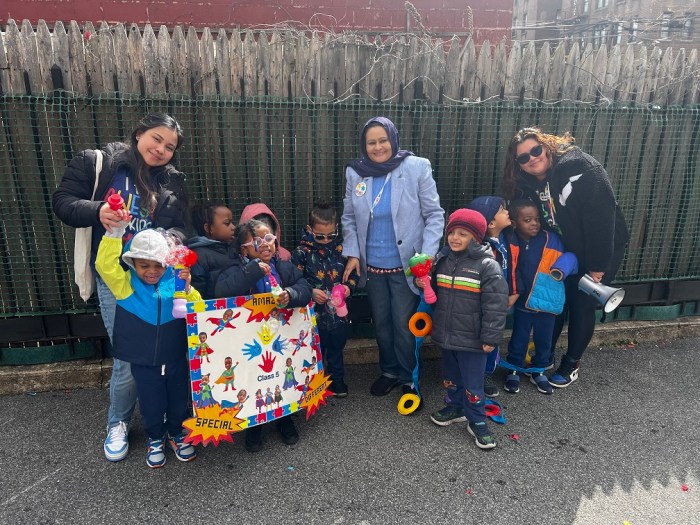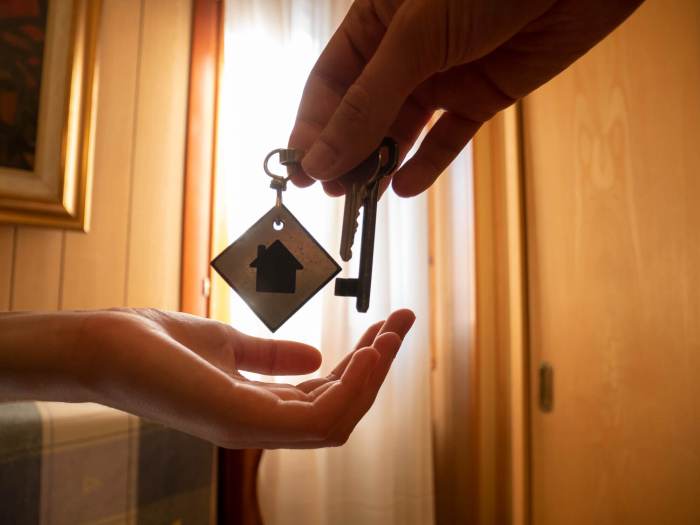Rezoning Webster Avenue is such a hit, most residents what the rezoning efforts to be expanded.
On Thursday, November 4, Community Board 7 and the city Planning Department held a public hearing to get a feel for the public’s reaction to the proposed rezoning of a 2-mile, 70-block stretch of Webster Avenue.
While only four people spoke, they all suggested expanding the scope of the project to help fight speculators that may try to overdevelop the Bedford Park neighborhood.
Lifelong-resident John Reilly said he would like to see the area between 206th Street and Briggs Avenue included in the downzoning portion of the project.
“Speculators are already demolishing small houses and putting up sliver buildings,” he said. “It’s going to destroy the quality of life and block the sunlight.”
While city planning is proposing to rezone the norther portion of Webster Avenue to encourage development, the southern half of the rezoning is a “downzoning”, aimed at encouraging neighborhood preservation. The downzoning segments stop at 201st Street before picking up again north of the Mosholu Parkway.
Anthony Rivioccio, a Bedford Park resident, said, “I feel like over half of the Bedford Park neighborhood is not being covered. I’ve always thought of 203rd and the Mosholu Parkway area, very much as part of the neighborhood. I’d like to see it expanded.”
Andrew Laiosa said he wanted to see the downzoning include the area of Rochambeau Avenue between 208th and 210th streets. He said he is particularly concerned with Montefiore Medical Center constructing new buildings in the area.
According to Carol Samol, director of the department’s Bronx office, the additional downzonings will not be possible with this project. Rezoning the area would require an additional study because it would be a change in the scope, she said at the meeting.
“We can’t just add it to the proposal. We would need to do another environmental review and notifications and everything,” she said. “It would stop the proposal we have now and there’s no reason we shouldn’t allow all that to go forward.”
Zoning changes aimed at neighborhood preservation are much simpler and take less time to develop, Samol said. It is typically done by examining the existing neighborhoods and applying zoning regulations that fit the character.
Community Board 7 chairman Paul Foster said he would like to see the suggested areas downzoned as part of the board’s next project that will re-examine zoning from the Grand Concourse to the waterfront.
“We will discuss to see what’s the best thing we can do,” he said. “It’s not like this is a done deal.”
The community board will vote on the proposal on Monday, November 15, before it will be sent on to the borough presidents office, city planning and, eventually, City Hall. Officials hope the proposal will be in enacted by February.







